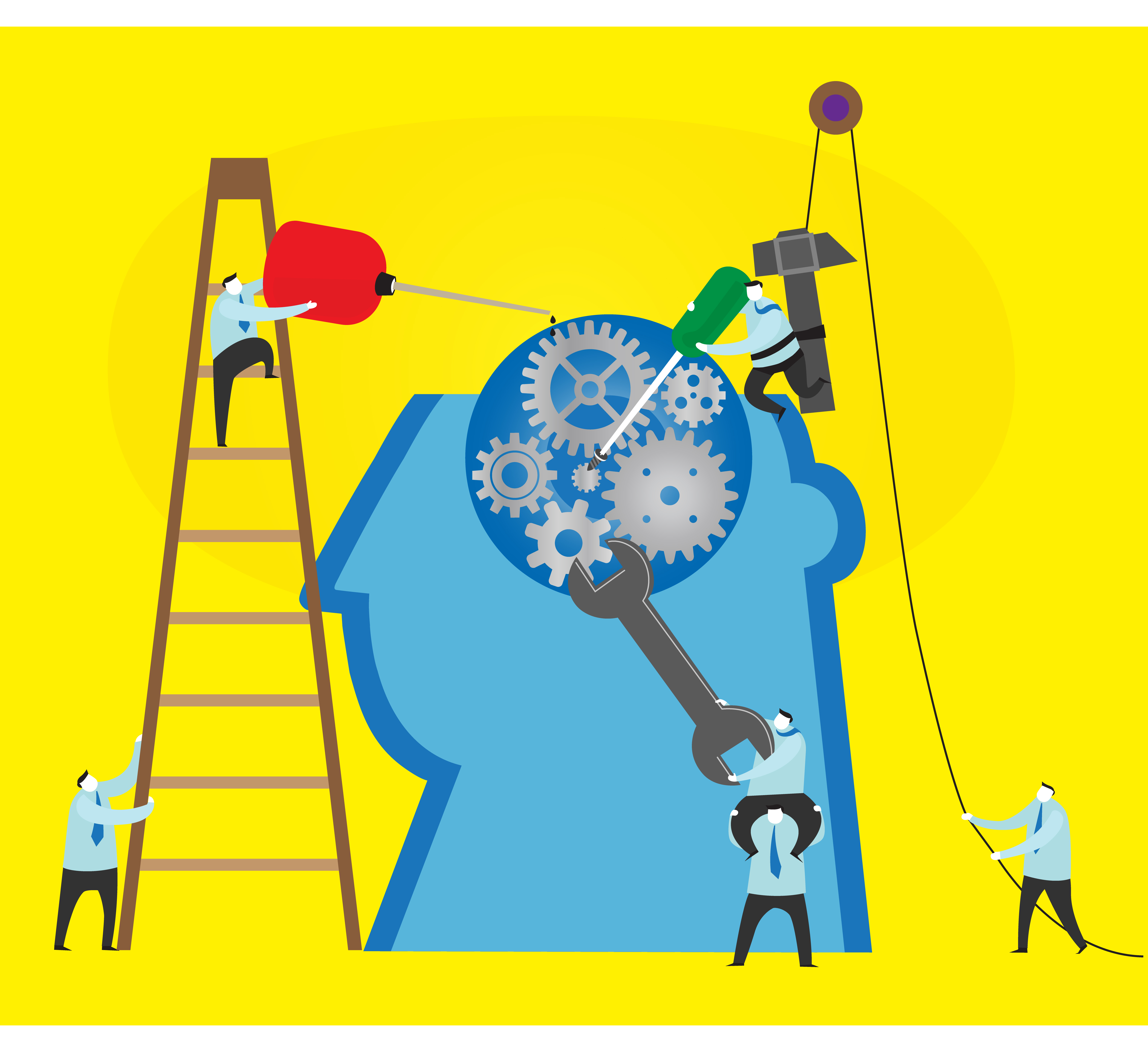 When I am working on an instructional design project I frequently use the ADDIE model as my framework for creation. I find my clients are often fascinated with the process and want to know more so here is a quick overview.
When I am working on an instructional design project I frequently use the ADDIE model as my framework for creation. I find my clients are often fascinated with the process and want to know more so here is a quick overview.
The ADDIE Model is an approach used by Instructional Designers to create instructional course materials. ADDIE stands for Analyze, Design, Develop, Implement and Evaluate. It is a device that helps individuals think through a course layout, becoming a guide for creating effective course tools.
The main attraction of the ADDIE Model is its flexibility. For instance, it can be used with both individualized and traditional instruction. Additionally, nothing about ADDIE is set in stone. It can be modified if the user needs to, and it can be used with other models such as Rapid Application Development (RAD) and the Successive Approximation Model (SAM).
As with anything there are pluses and minuses and since ADDIE is a linear process this can be seen as a disadvantage. It can take longer to use the ADDIE process than some methods such as Agile. I have found though if a seasoned professional is using the ADDIE process you most likely are not going to have nearly as many issues crop up that cause the time delays and frequently the finished product is smoother in use.
In the ADDIE model, each step has a result that that feeds into the following step. Here is an explanation of the five steps:
Analysis: In this phase the instructional challenge of the course is clarified, objectives and goals are established, and issues such as learner’s skills and knowledge level are identified.
Design: A range of concerns are addressed in this phase to achieve the best design and development of the training program. These concerns include learning objectives, assessment instruments, exercises, content, subject matter analysis, lesson planning and media selection.
Development: Here, developers build and assemble the content assets that were created in the design phase. Programmers work to develop and/or incorporate technologies. Testers perform debugging procedures. The project is revised and reviewed according to any feedback given.
Implementation: During this phase, a procedure for training the facilitators and the learners is developed. Implementation is also the phase where project managers ensure that all tools are in place and that the learning application or website used is functional.
Evaluation: The evaluation phase is for ensuring that all stated goals of the learning process will meet the specified needs and identify on-the-job performance following completion of the course, and to make sure that business needs are met.
Overall it is a logical, easy to use framework that helps to ensure a great finished product.
Danielle VanZorn, PMP, SPHR


